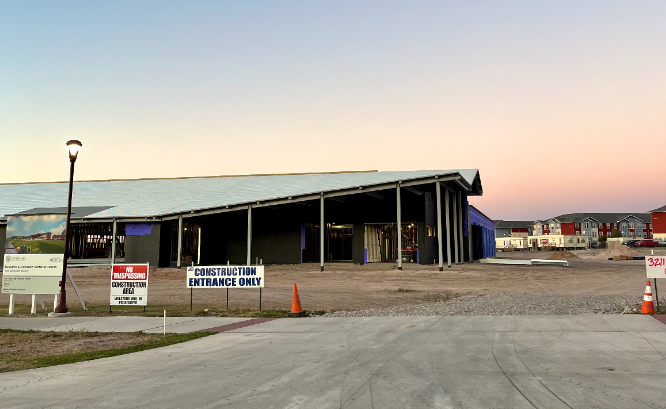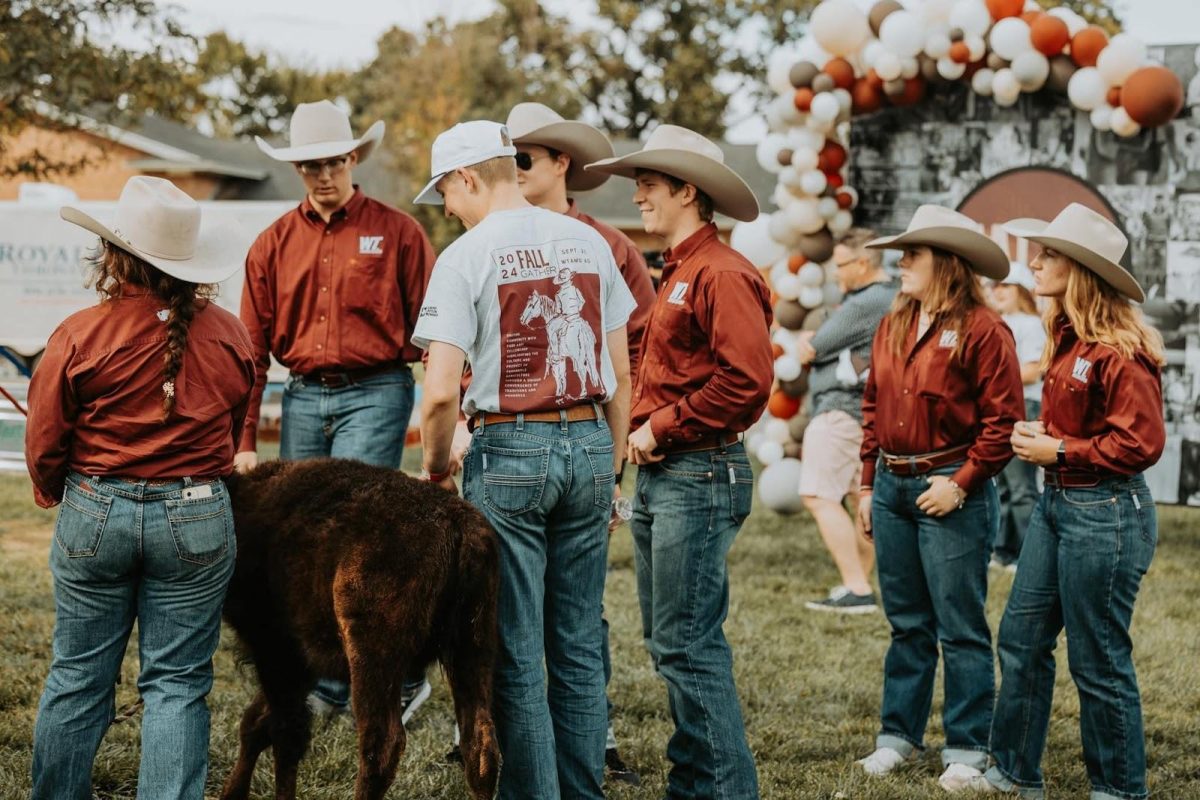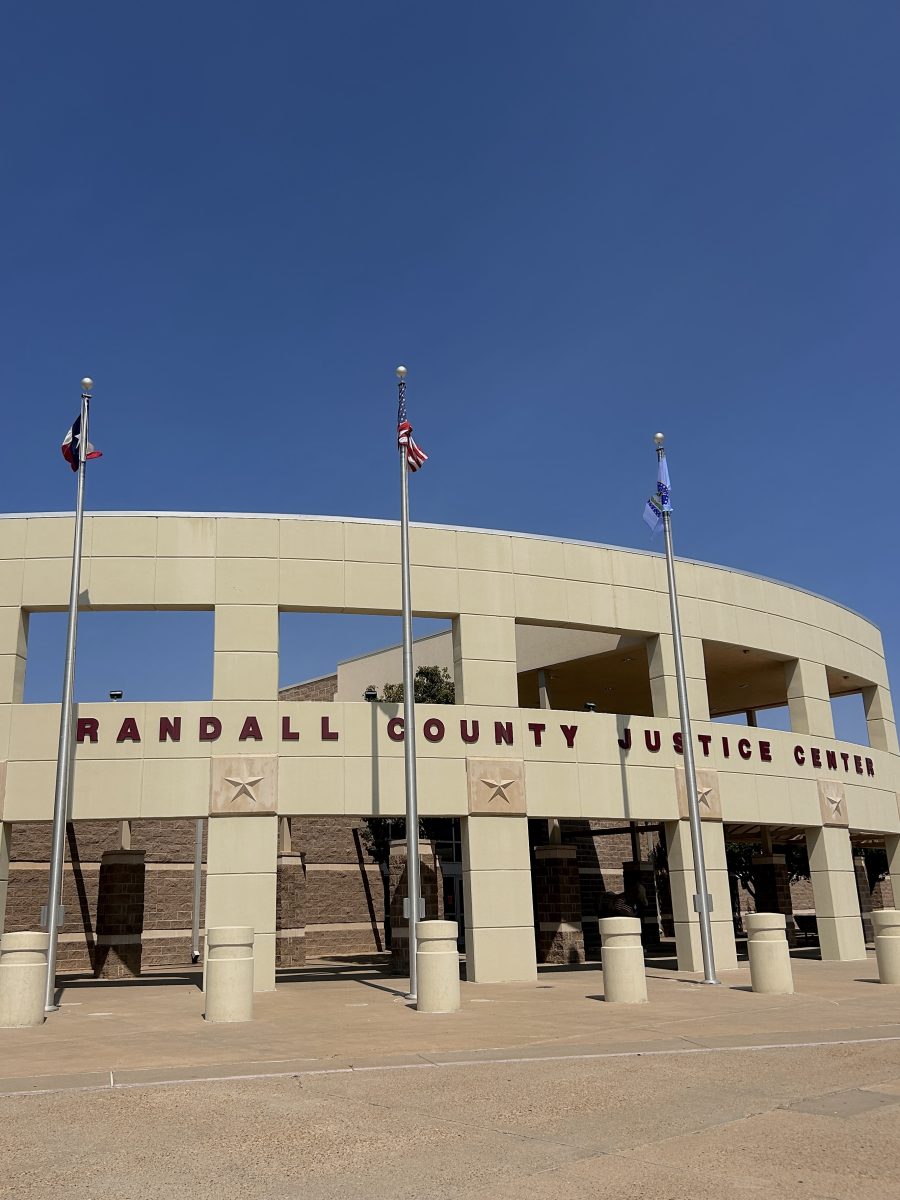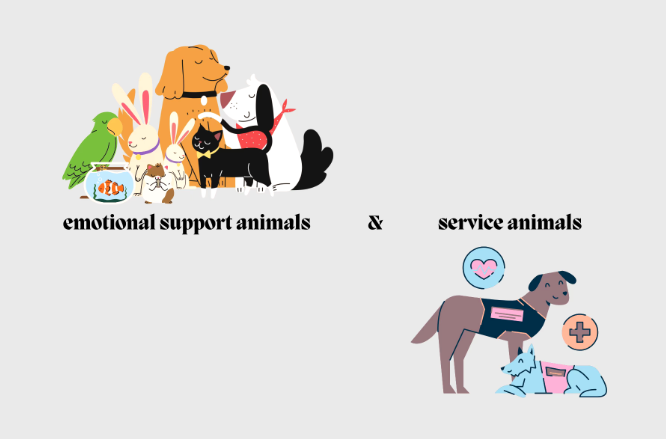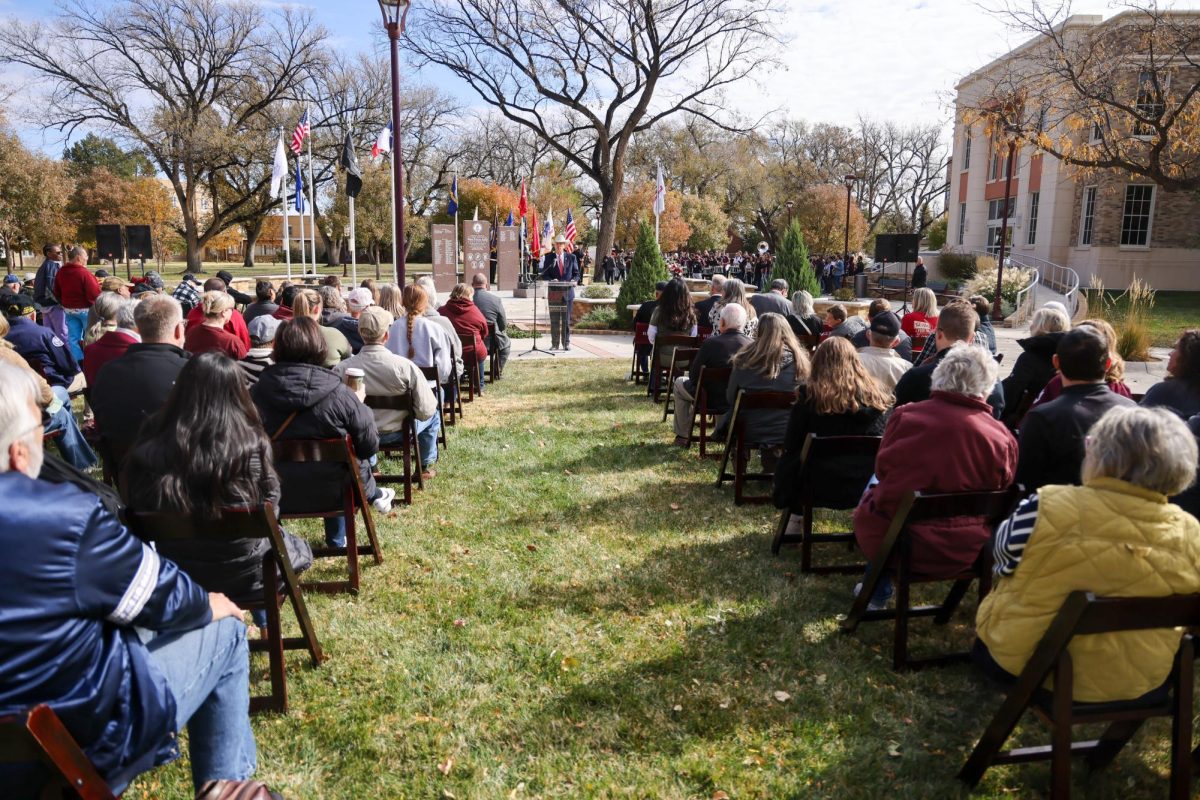On Jan. 27, the United States Department of Agriculture (USDA) issued cattle inventory for 2011. The results showed a decline in cattle herds of 1.4 million to 11.9 million cattle and calves as of Jan. 1, 2012. In the state of Texas, that is a devastating 11 percent decline from 2010. The cow numbers decreased 650,000 to 4.8 million head. That being a 12 percent decline, the worst seen on record in the state in almost 150 years.
Similarly, Oklahoma had a 12 percent decrease with numbers going to 4.5 million head, having a loss of 600,000 head of cattle. Oklahoma’s cow numbers were at 1.78 million, whereas now the state is down 90,000 head. From 2010, that is a 14 percent decrease in the state of Oklahoma.
Many cattle raisers were forced to make tough decisions due to the drought. Cattle raisers sold off old cattle and kept younger cows for smaller herds, others went to slaughter and few were able to lease land to send cattle to northern states.
Nebraska was one of the states Texas cattle were relocated. Nebraska’s total cattle herd increased to 6.45 million head. That was a 4 percent increase of 250,000 from 2010’s numbers. Nebraska is now ranked the second largest cattle producing state in the nation.
Colorado was another state who received Texas cattle. Colorado’s cow and calf numbers were increased by 4 percent going to 880,000 while cattle and calves total increased to 2.75 million. With a 12 percent decline of cows in Texas, dairy cattle held their own with a 2 percent increase in population.
“Being in Region 6, the panhandle has had a substantial reduction of cattle due to the drought,” said Dr. Mike Brown, a professor of animal science. “The nation has gradually and steadily maintained a robust export market in cattle which is a major concern.”
Like many other ranches, WTAMU Nance Ranc concluded many drought management solutions.
Losing half of their grazing land to wild fires in late May forced them to cut numbers. Reducing their herd over half the ranch sold older cattle and kept younger cows. With the drought, also come hay shortages and dry water tanks. Therefore, cattle producers have been hit with the overwhelmingly high prices of hay and feed.
Nance Ranch employees researched cattle and money loss solutions. Manager Kelly Jones assisted the project, which has been dubbed a semi cow confinement system. Researchers noted the economic advantages and disadvantages of keeping cattle closer in small pens. Cattle in the pasture require extra care like hauling hay and managing supplements.
“We are hoping for rain in the spring so we can turn our cattle back out,” said Jones.
Dr. David Lust, an instructor of animal science, also manages the cattle at Nance Ranch. Soil erosion issues prevent releasing of cattle into pasture, explained Lust.
“Drought is not something new for Texas cattleman, most will rebuild when conditions improve,” said Lust.




